Cholesterol
- Home
- Cholesterol

The treatment of cholesterol metabolism disorders is mainly aimed at preventing atherosclerosis. Dietary and lifestyle changes are considered before fat regulatory treatment is called. The goal in the first stage of the diet is to reduce the intake of saturated fat and cholesterol. A person can actually lower their blood cholesterol levels to a certain extent by changing habits. It is intended to provide summary information about the risks that cholesterol and high blood cholesterol can lead to.
Cholestrol What Is It Why Are They Importand?
Cholesterol is found throughout the body, especially in the brain, nerves, heart, intestines, muscles, liver.Hormone using body cholesterol (cortisone, sex hormone, etc.), Produces bile acids that digest vitamin D and fats. For these procedures, it is enough to have a very small amount of cholesterol in the blood.
What Are The Disadvantages Of Excess Cholesterol?
If there is an excess amount of cholesterol in the blood, it accumulates in the blood vessels and leads to hardening, narrowing of the blood vessels (atherosclerosis = arteriosclerosis).Cholesterol is not the only substance that accumulates in the vessel wall in Arteriosclerosis; substances such as white blood cells, blood clots, calcium, etc.also accumulate.Cholesterol accumulates in the vein of which organ, diseases belonging to that organ occur. For example, if cholesterol accumulates in the arteries (coronary arteries) that feed the heart, problems such as chest pain, heart attack occur. Accumulation of cholesterol in the renal vessels can lead to high blood pressure and kidney failure.
Cholesterol-What Is Bad Cholesterol?
Cholesterol is a fatty substance that is insoluble in water under normal conditions. Cholesterol is also insoluble in the blood, which has water properties under normal conditions. Cholesterol is combined (packaged) with a protein in the liver to dissolve and transport in the blood. This combination of cholesterol and protein is called lipoprotein. There are different types of lipoproteins, of which LDL-cholesterol (low-density lipoprotein): this is malignant cholesterol. HDL-cholesterol (high-density lipoprotein) is benign cholesterol. Another fat that is looked at in the blood is triglycerides. Triglycerides are also a fat that dissolves in the blood, such as cholesterol. The relationship between blood triglyceride levels and arteriosclerosis is not as pronounced as cholesterol.
What is High Cholesterol?
High cholesterol and LDL-cholesterol in the blood carry a risk for the patient. Low HDL cholesterol is a risk, while high is a positive condition. Blood cholesterol levels over the age of 20 are described as ‘desired’ if below 200 mg/dL, ‘borderline high’ between 200-239 mg/dl, and ‘high’ if above 240 mg/dL. If the blood LDL-cholesterol level is below 130 mg/dl,it is considered' desired ‘and’borderline high ‘from 130-159 mg/dl. If the blood HDL-cholesterol level is below 35 mg/dL, it is considered ‘low’. If total cholesterol in the blood is 200 mg/dl or LDL-cholesterol is above 130 mg/dL or HDL-cholesterol is below 35 mg/dl, the risk of atherosclerosis is high. As HDL-cholesterol levels rise, the risk decreases. The average HDL-cholesterol level is 55 mg/dl in a woman and 45 mg/dL in a man. I mean, women are luckier that way.
What Does Blood Triglyceride Level Mean?
Below 200 mg/dl are classified as’ normal‘, 200-400 mg/dl as’ borderline high‘, 400-1000 mg/dl as’ high‘, and above 1000 mg/dl as’ very high’.
What Should People Who Suspect High Cholesterol Do?
High cholesterol in the blood is a disorder of fat metabolism. In a patient with suspected fat metabolism disorder, it is necessary to first measure the level of total cholesterol, LDL-cholesterol, HDL-cholesterol and triglycerides by taking blood. These values should be measured at least 2 times before deciding on treatment. LDL-cholesterol levels should be based first when organizing treatment.
Why Does Cholesterol Rise?
There are many factors that affect the level of cholesterol in the blood. Some of these factors are preventable. Some of the factors affecting blood cholesterol level:
- Hereditary factors
- Foods
- Obesity
- Stress
Such factors raise cholesterol and malignant cholesterol. Regular exercise raises benign cholesterol and reduces malignant cholesterol. Cholesterol levels increase with age in people up to 60-65 years of age. In women, cholesterol levels increase after menopause.
What Are The Diseases That Cause Cholesterol To Rise?
Some diseases increase the level of cholesterol in the blood, which is;
- İnsufficient functioning of the thyroid gland,
- Liver diseases,
- Non-microbial inflammatory diseases of the kidney,
- Diabetes, obesity and some medications.
What Is Cholesterol?
Cardiovascular diseases are common problems that lead to death and permanent disability in Turkey and other countries. Blood cholesterol levels in 6 million people in Turkey are ‘borderline high’ (200-239 mg/dl) and ‘high’ (240 mg/dl) in 2 million people. Cardiovascular diseases rank first among the causes of death in developed countries, and these deaths can be prevented or delayed by correcting problems such as high cholesterol, high blood pressure, obesity. A high level of cholesterol and LDL-cholesterol in the blood is a risk for the patient, and high levels of cholesterol are a cardiovascular risk factor. Low HDL cholesterol is also a risk. Patients with this risk are more likely to develop diseases such as heart attack, stroke, vascular blockage, and kidney failure.
What Is The Effect Of High Cholesterol On Cardiovascular Diseases?
In patients with high cholesterol, evaluating and, if possible, changing cardiovascular risk factors is one of the main points of treatment. Cholesterol, high blood pressure, high cholesterol cardiovascular risk factors other than these also are common and correction of cardiovascular risk factors and cardiovascular death risk of permanent damage is reduced.
What Are The Risk Factors For Cardiovascular Disease?
- Hypertension
- Impaired Lipid (fat) metabolism, high cholesterol
- Smoking, diabetes
- Obesity
- Lack of physical activity and sedentary life
- Having too many cells in the blood
- Increased blood clotting factors
- Eld
- Male gender
- Family history
- Type A personality structure (perfectionist, obsessive, ambitious and nervous personality)
- Estrogen deficiency
- Alcohol withdrawal (alcohol addiction)
- Fibrinogen height
Uric acid heThe treatment of cholesterol metabolism disorders is mainly aimed at preventing atherosclerosis. Dietary and lifestyle changes are considered before fat regulatory treatment is called. The goal in the first stage of the diet is to reduce the intake of saturated fat and cholesterol. A person can actually lower their blood cholesterol levels to a certain extent by changing habits. It is intended to provide summary information about the risks that cholesterol and high blood cholesterol can lead to.
 What is Endometriosis (Chocolate Cyst)? What are the symptoms? How to Treat?
What is Endometriosis (Chocolate Cyst)? What are the symptoms? How to Treat? 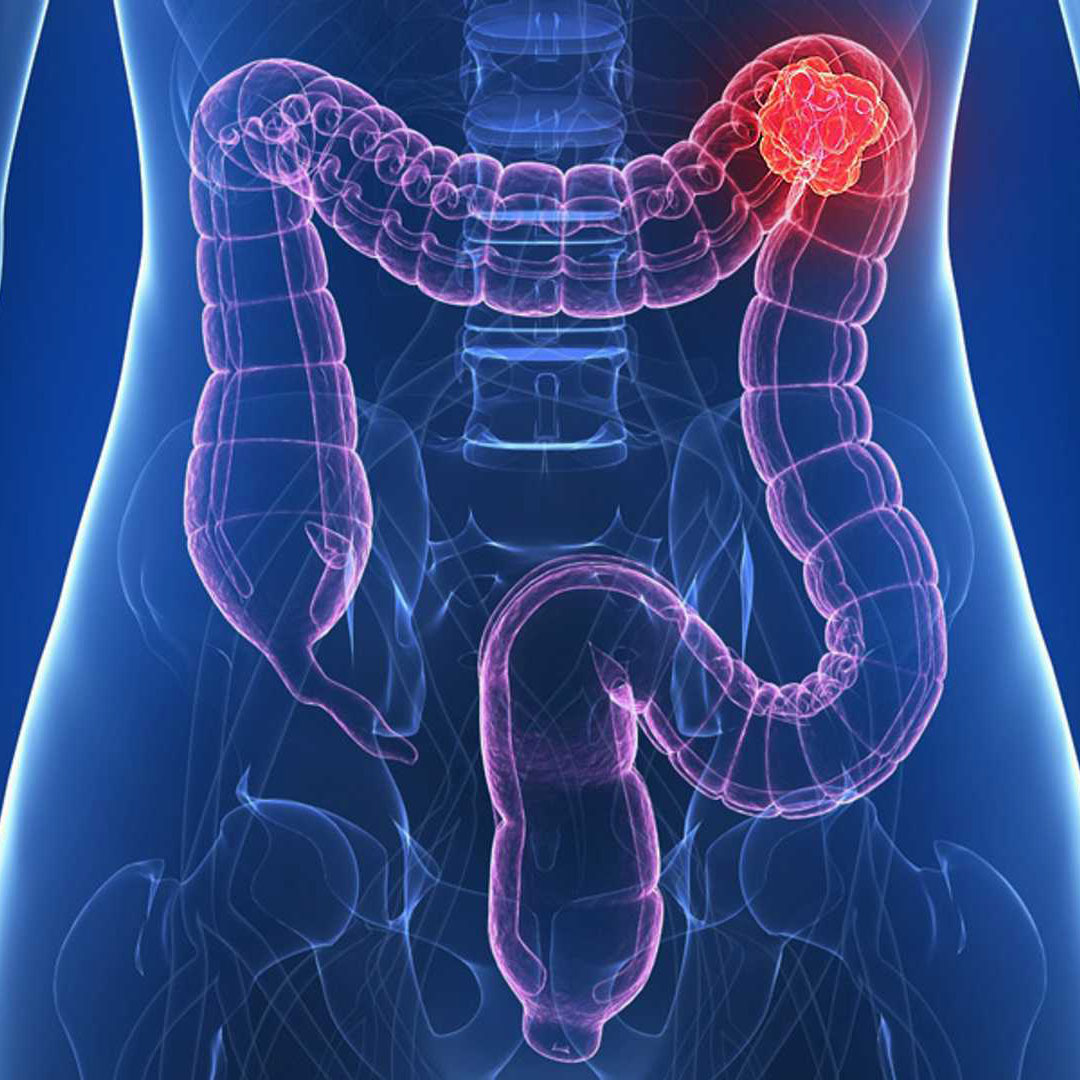 Colon Cancer (Symptoms, Stages, Treatment)
Colon Cancer (Symptoms, Stages, Treatment)  Influenza (Flu) in Children
Influenza (Flu) in Children 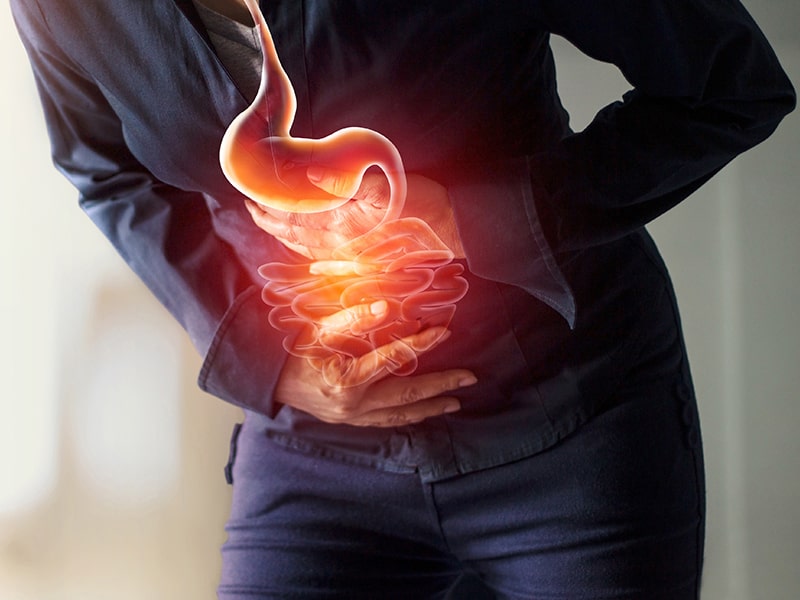 Stomach Cancer Symptoms and Treatment Methods
Stomach Cancer Symptoms and Treatment Methods 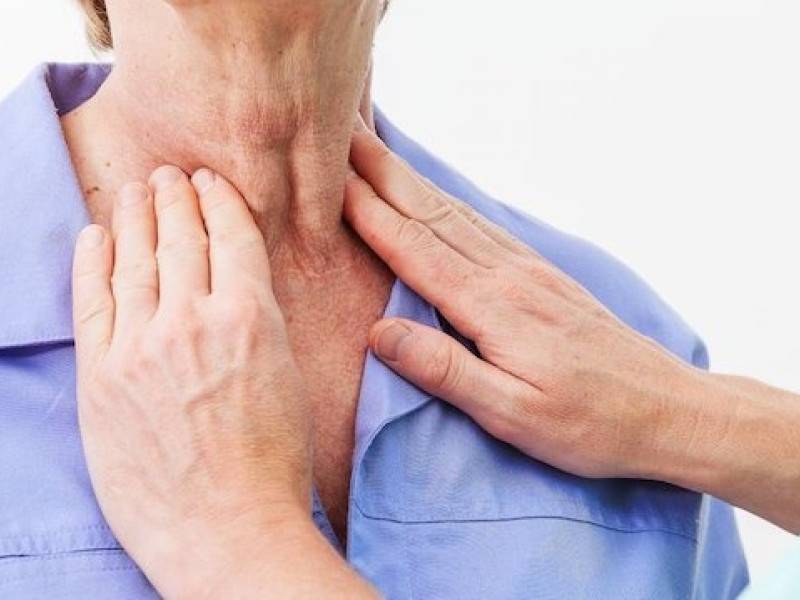 What is Lymph Node Swelling? What Are The Reasons?
What is Lymph Node Swelling? What Are The Reasons?  When to Use Antibiotics? What are the side effects? What is Antibiotic Resistance?
When to Use Antibiotics? What are the side effects? What is Antibiotic Resistance? 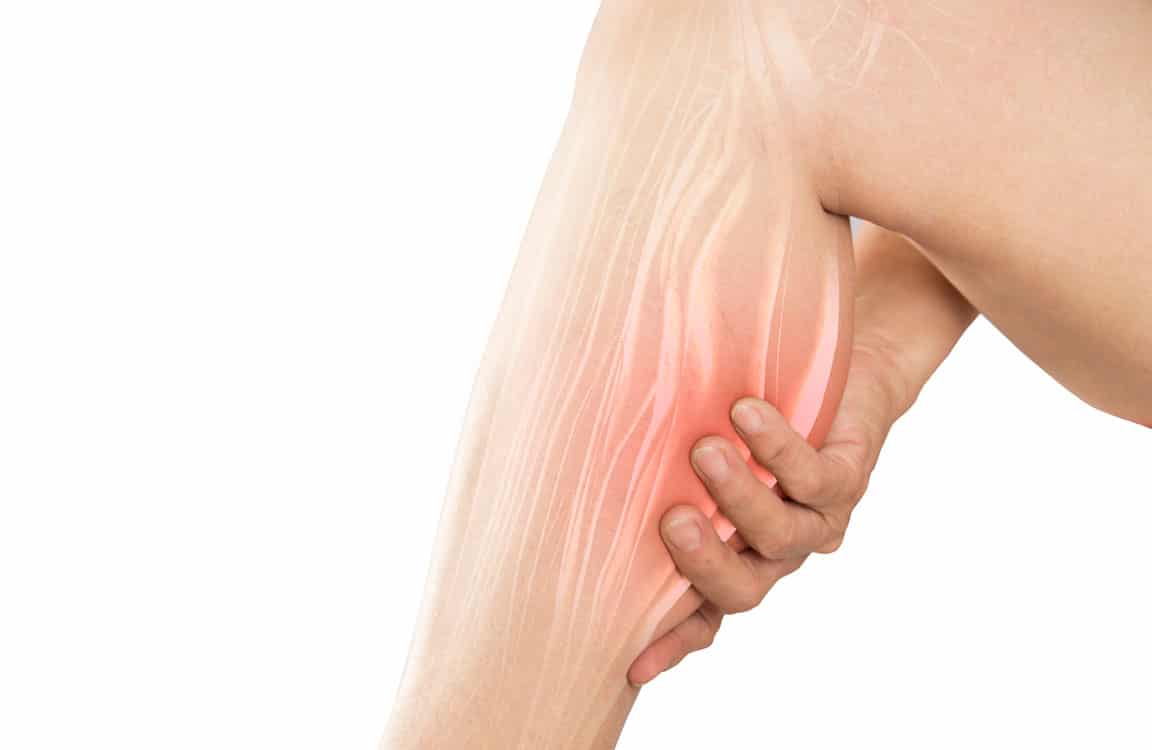 What is Muscle Spasm?
What is Muscle Spasm? 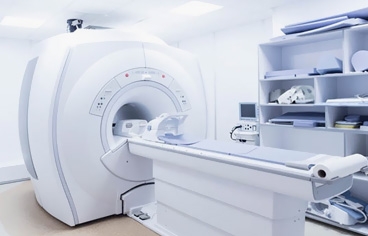 What is MRI? How to Take an MRI with Medication? Is It Harmful?
What is MRI? How to Take an MRI with Medication? Is It Harmful?  What are the Causes of Diarrhea and Vomiting? How to Treat?
What are the Causes of Diarrhea and Vomiting? How to Treat? 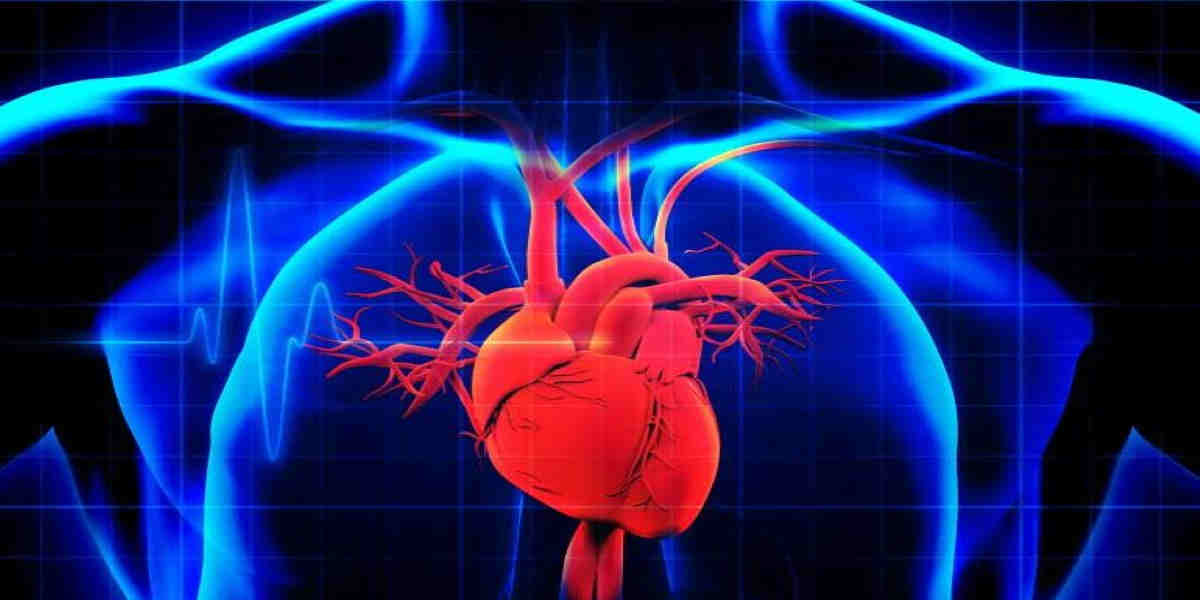 What is Heart Failure? What are its stages? How to Treat?
What is Heart Failure? What are its stages? How to Treat?

